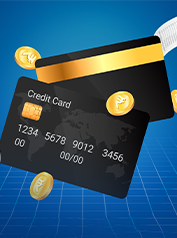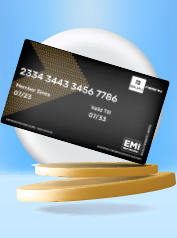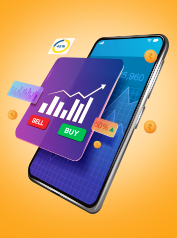Discover when and how you can reverse credit card payments. Follow the steps for a smooth and successful refund process.
Credit card payments are convenient and secure, but there are times when you might need to reverse a transaction. You may need to take this action in the event of fraudulent transactions, incorrect transaction amounts, or other such issues.
While it may seem complicated, understanding the steps to reverse credit card transactions can make the process easier. Whether you need to dispute a charge or ask for a refund, it is important to know when and how to do it.
You can reverse a credit card transaction in several situations, such as:
Unauthorised or Fraudulent Transactions
If you see a charge on your credit card that you didn’t make, you can request a reversal.
Undelivered Products or Services
If you paid for something but never received it, you can dispute the charge and get your money back.
Duplicate Charges
If you’re charged twice for the same purchase by mistake, you can ask to have one of the charges reversed.
Wrong Amount Charged
If the amount charged is more than what you agreed to pay, you can request a correction and get the extra amount reversed.
Refund for Returns or Cancellations
If you returned an item or cancelled a service but didn’t get your refund, you can ask for the transaction to be reversed.
You can follow the given steps to reverse credit card transactions:
Identify the Transaction
Confirm the transaction details, including the date, amount, and merchant name, to ensure it’s the correct one.
Contact the Merchant First
Reach out to the merchant directly to resolve the issue. Many times, they may issue a refund without involving the bank.
File a Dispute with Your Credit Card Issuer
If the merchant is uncooperative, file a dispute with your credit card issuer through their online platform, app, or customer service.
Submit Necessary Documents
Your credit card issuer may request proof like cancellation receipts or communication with the merchant.
Wait for Resolution
The bank will investigate the dispute, and if it’s found to be valid, the transaction will be reversed.
Check Your Credit Card Statement
After the resolution, verify that the disputed amount has been refunded and appears on your statement.
You must consider the following points before requesting a transaction reversal:
Collect All Transaction Details
Before initiating a reversal, make sure you have all the necessary information like receipts, emails, or any communication with the merchant related to the transaction.
Know the Dispute Deadlines
Most banks have a specific time frame for filing disputes, usually between 30 to 60 days from the transaction date. It's best to act quickly to avoid missing the deadline.
Reversal is not Guaranteed
Keep in mind that not all disputes lead to a successful reversal. The outcome depends on the bank's investigation and the evidence provided.
Limit Unnecessary Disputes
Filing frequent or baseless disputes can harm your relationship with the bank. Only raise a dispute when it's genuinely needed.
Yes, you can request your issuer to reverse a payment through a chargeback if a purchase goes wrong. However, you must first contact the seller and try to resolve the issue before initiating a chargeback claim.
Transactions that can be reversed include:
Unauthorised or fraudulent charges
Duplicate transactions
Incorrect transaction amounts
Payments for undelivered goods or services
Refunds for returned goods
Charges after cancelling subscriptions
It can take 7 to 14 working days to reflect on your statement after the request. For fraudulent or unauthorised transactions, refunds are usually processed within 1 to 2 days.












